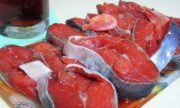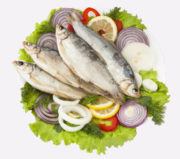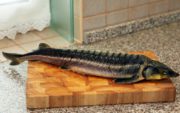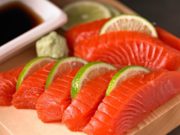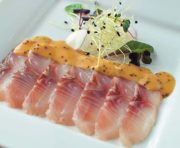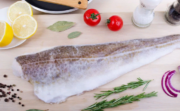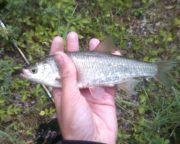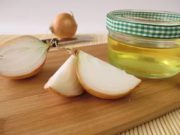How to salt sockeye salmon at home - two salting methods
Sockeye salmon is considered one of the most delicious fish of the salmon family. It is difficult to confuse it with other fish, since due to the peculiarities of sockeye salmon’s diet, its meat has an intense red color, with thin streaks of fat. Thanks to this fat, sockeye salmon meat remains incredibly tender both when salted and smoked.
Lightly salted sockeye salmon is prepared quickly enough, and the finished product can be used in fish salads, or as an independent snack. Ready-made salted sockeye salmon sometimes does not meet our expectations due to the preservatives with which the fish is stuffed in factories. It is best to buy frozen sockeye salmon and salt it yourself. When salting sockeye salmon, you can use two methods: dry and brine.
Salting sockeye salmon in brine
Choose headless sockeye salmon frozen by the shock method. This is a guarantee that all parasites will die out and the fish will be completely safe.
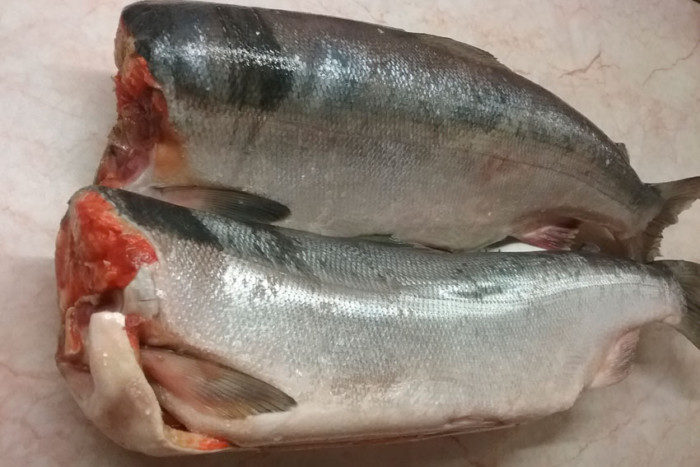
When defrosting, do not force the process, and the sockeye salmon should thaw on its own. Forced defrosting can ruin the tender meat, and you will end up with a salty red “porridge” that is not very edible.
Rip open the belly, and if there is milt or caviar, they can also be salted separately.
Using scissors, remove the tail, fins and make a cut along the entire back line to create two halves.
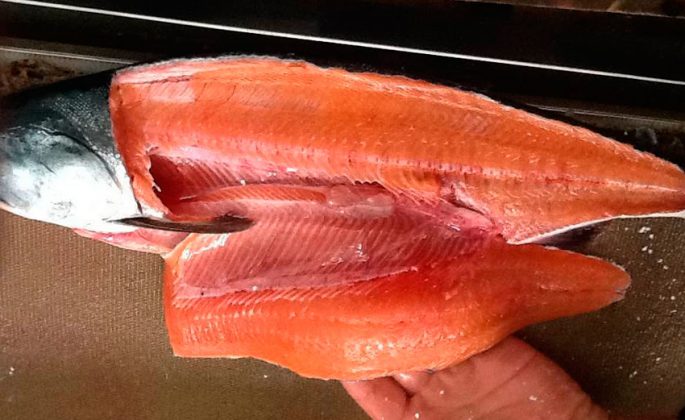
Remove the backbone and bones and cut each half into 2-3 pieces.The average size of sockeye salmon rarely exceeds 3 kg, but it is cut for ease of placement in a container for salting and speeding up the salting process.
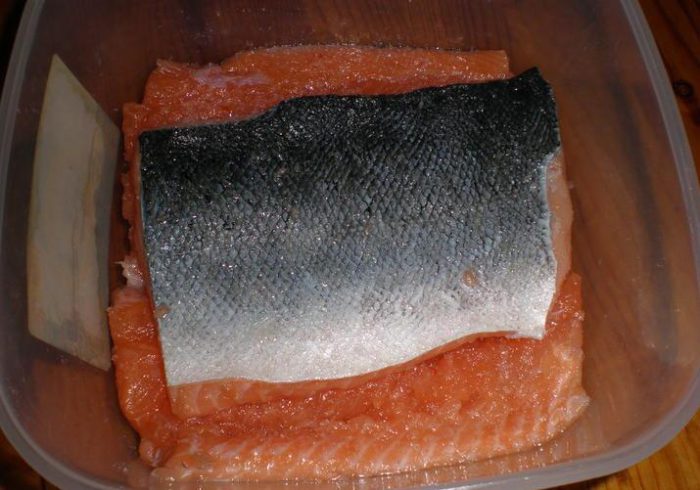
For pickling, prepare a plastic or glass container. It is better to avoid metal pans to avoid the oxidation process, which makes fatty fish somewhat bitter.
Prepare the brine:
- 2 kg sockeye salmon;
- 2 l. water;
- 6-8 tbsp. l. salt;
- spices: optional.
Boil water and dilute salt in it. Cool the brine until barely warm and pour it over the sockeye salmon. Do not shake the brine. Salt is not always well purified, and there may be pebbles at the bottom, even if they remain there.
The brine should completely cover the fish, and if there is not enough of it, cook more. Cover the fish with a plate so that it does not float, and leave the fish to salt for 3-4 hours at room temperature.
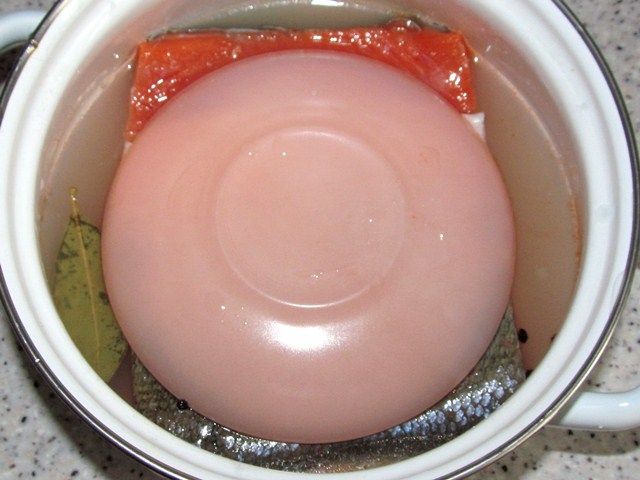
This time is enough for lightly salted sockeye salmon. Drain the brine, place the sockeye salmon pieces on a wire rack and dry them. The sockeye salmon has already been salted, but it needs to stabilize. Place the dried fish pieces in a glass jar or plastic container and fill it with vegetable oil.
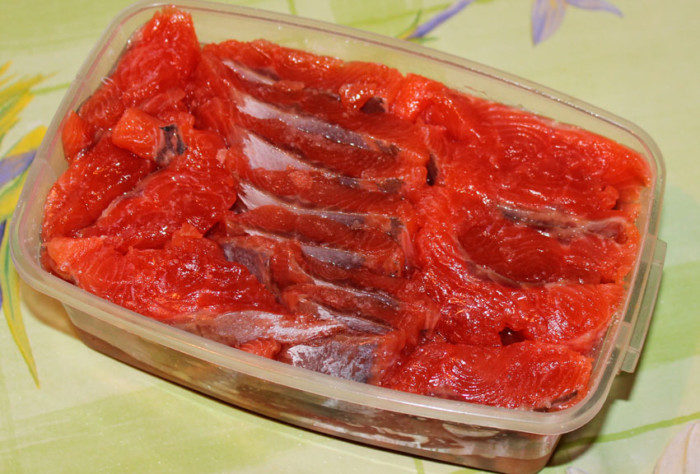
Cover the container with a lid and put it in the refrigerator overnight. In the morning you can taste fantastically delicious fish.
Dry salted sockeye salmon
With this salting, sockeye salmon meat becomes denser, and it is more convenient to cut from it.
Clean and fillet the sockeye salmon as in the first recipe, but do not cut into pieces. Prepare the curing mixture:
- 1 kg sockeye salmon;
- 3 tbsp. l. salt;
- 1 tbsp. l. Sahara;
- black pepper: to taste and optional.
Mix sugar, salt, pepper, and sprinkle this mixture over the fish. Place both fillets together and wrap them in cling film. Check that there are no leaks anywhere and put the fish in the refrigerator.
A day later, you can unwrap the sockeye salmon and cut it for the holiday table.

How to cook lightly salted sockeye salmon at home, watch the video:

